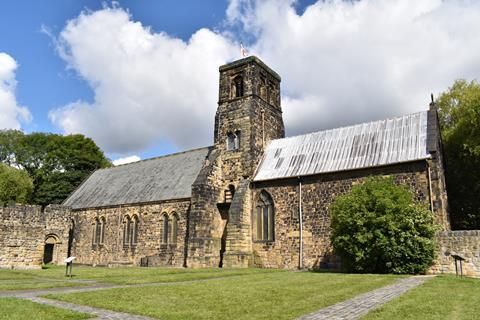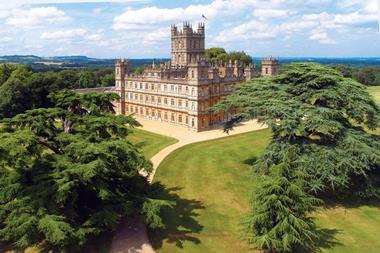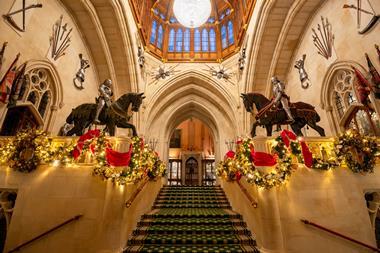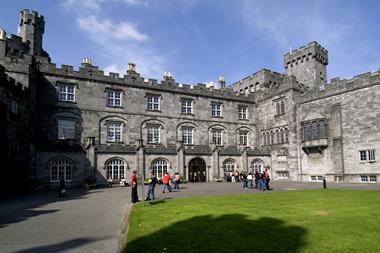Walking groups and lovers of the great outdoors can discover a different side of North East England through six routes that bring the past to life.
The Northern Saints Trails, which cover more than 200 miles across three counties, are based on ancient pilgrim routes and position the North East as the ‘Christian Crossroads of the British Isles’.
They also recognise the significance of Durham Cathedral as a destination for pilgrims for centuries – from connections with St Cuthbert, who was brought to Durham Cathedral from Lindisfarne by monks in the 9th Century, to the Venerable Bede whose shrine has laid in the Galilee Chapel since the 14th century. Many of the trails include stops at the ancient building.
The trails, which were launched late last year, are expected to attract 85,000 people to the region between 2022 and 2025, with 26 interpretation panels being introduced at key points along the Durham sections of the trails this summer to provide further insight into the heritage, landscape and stories that shaped the area.
They are:
1. The Way of Light: Heavenfield/Hexham - Durham
This route is said to transport walkers from the dawn of Christianity through to contemporry pilgrimage via Dark Ages battles that changed a region’s faith, and abbeys that matched Rome for majesty. It starts at the site of a battle victory for the future king and saint Oswald. It proceeds via historic Hexham and its abbey, and pauses alongside Ushaw Historic House, Chapels and Gardens, an ensemble of Gothic Revival edifices, chapels and gardens, plus Durham Cathedral.

2. The Way of Love: Hartlepool - Durham
This route follows the influence of three important female figures in the establishment of Christianity in England, whilst taking in maritime and mining heritage, and nature reserves. The steep wooded valleys, known as denes, are one of the region’s most distinctive topographical features and are easy to miss by the most eagle-eyed traveller until the last moment.
3. The Angel’s Way: Seaton Sluice - Newcastle - Gateshead - Chester-le-Street
Traverse Tyneside, from a sandy seaside village to the site that once housed St Cuthbert’s remains, through a legacy of medieval magic and Industrial Age endeavour. Newcastle and Gateshead, the two areas in which The Angel’s Way spends most of its time, showcase some of England’s most enticing arts and architecture.

4. The Way of Life: Gainford - Durham City
Healing waters, one of England’s oldest churches and a palatial castle where Prince Bishops once resided, The Way of Life begins at one of Durham’s loveliest villages, the spa village of Gainford: an early Christian settlement raised around St Mary’s Church and Well, alongside waters thought to have had healing properties since pagan times.
5. The Way of Learning: Jarrow - Sunderland - Durham
This route takes walkers on the trail of England’s original scholar, the Venerable Bede, through a legacy of the North East’s industry, inventiveness and innovation. This is the most urban of the six Northern Saints Trails and is said to be packed with cultural eye-openers. The area has produced countless firsts: the first English history book; England’s first stained glass; first incandescent light bulb.

6. The Way of the Sea: Warkworth - North Shields
On this trail walkers can expect to encounter signs of just about every purpose that people here ever derived from the sea. Discover more insights into the region’s maritime heritage at Newbiggin-on-Sea and its museum dedicated to the volunteer life-saving groups that helped the coastguard at Seaton Sluice.
The Northern Saints Trails offer route options for all ages and abilities and a Passport allows visitors to collect stamps at attractions and places of interest along the way. For participating venues and more details about the routes visit www.northernsaints.com.














No comments yet